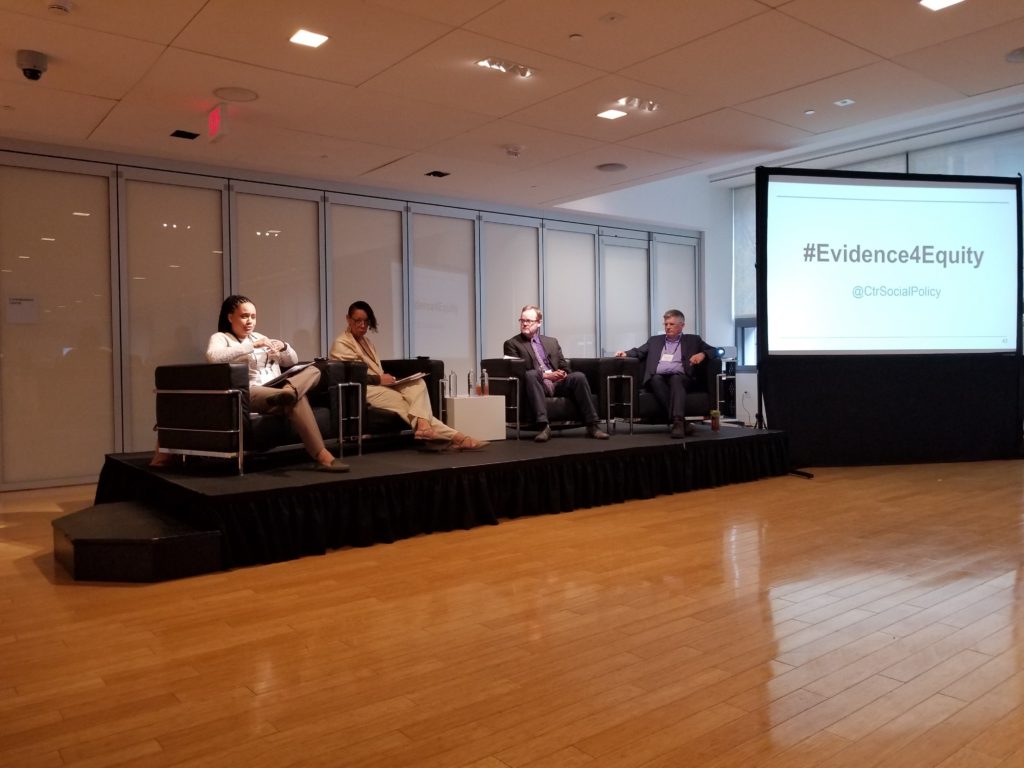This project is no longer active, but we believe that the outcomes and resources generated through the work are still of value.
What We Worked For
We are at a pivotal time in efforts to improve the health, education, and well-being of children, youth, and families in the United States.
This work brought together leaders in philanthropy, government, and within communities to implement strategies to address health disparities, reduce poverty and boost incomes, create effective schools, and transform neighborhoods that have been traditionally marginalized—all to achieve better, more equitable outcomes for those communities in greatest need. Th
How We Did It
Encouraging the use of transformative approaches to generate and apply knowledge and evidence, we created a network of unique partners who leveraged a range of talents and skills to effect wide-reaching, innovative change.
